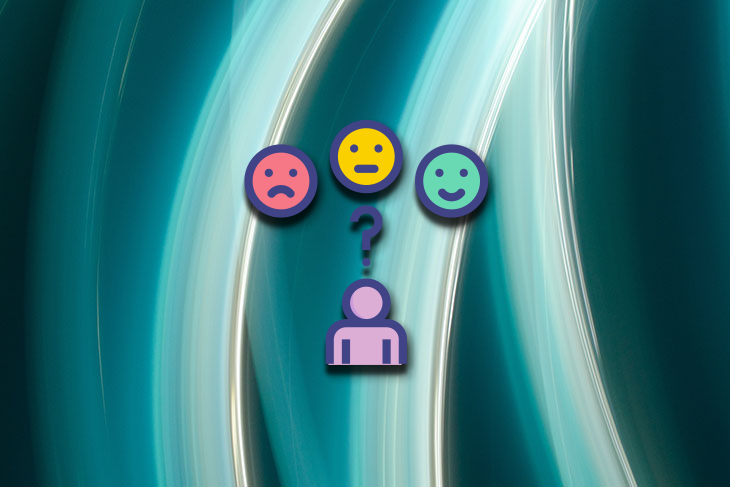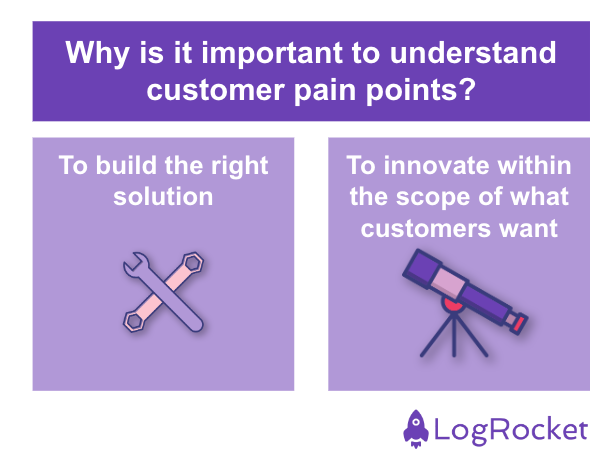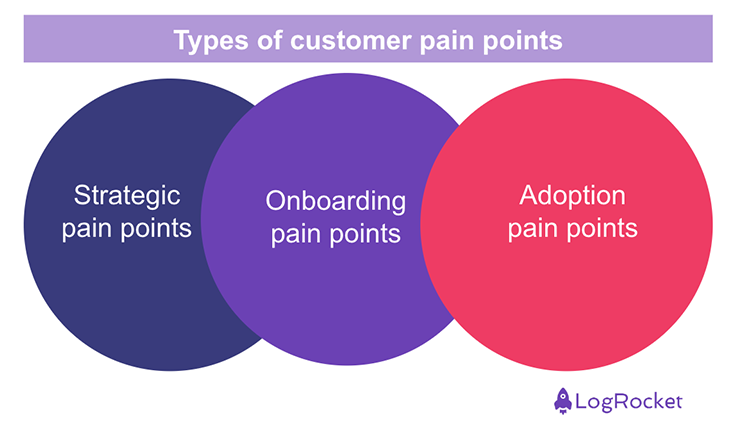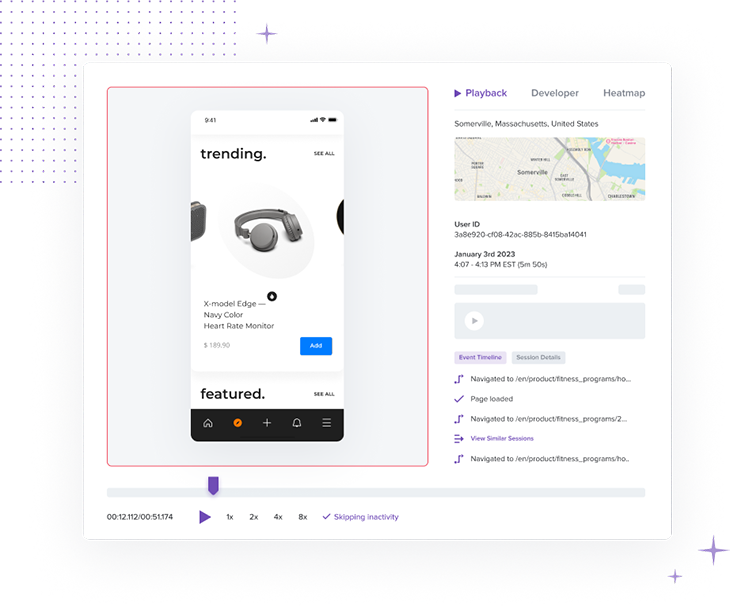The most important job you can do as a product manager is to understand your customers. This is more important than process (think agile and scrum), more important than roadmapping, and more important than being “technical.”

Everything you do as a product manager should be guided by your understanding of customers. This customer empathy is what helps you prioritize tasks, plan roadmaps, and identify areas to invest in.
You’re probably thinking that “customer understanding” is a very broad term. How do you turn something vague like “customer understanding” into actionable product roadmaps? The bridge that turns customer understanding into a tangible product is customer pain points.
When you build a product, you’re building solutions to customer pain points. A deep understanding of not just who the customer is, but the exact pain points that they struggle with, will help you build a great product. In this article, we’ll talk about what pain points are and how to understand them and address them effectively.
Now that I’ve hopefully convinced you that customer pain points are central to product management, what exactly are customer pain points?
Customer pain points are problems or challenges customers face when seeking to accomplish a job they care about. Let’s go through a couple of examples.
Here’s a fun, consumer-oriented example: I recently got a puppy, and it’s hard to hold a leash while also holding treats, potty bags, my wallet, and my phone!
The job I’m trying to accomplish is walking my dog. The pain point is having too many things to hold on to during my dog walk. There are many solutions for this — I could buy a bag or I could get a hands-free leash.
Now here’s a business-oriented one: it’s really hard to get engineers to put in tracking for product events. Each time a feature gets released, I have to remember to remind engineers to include tracking.
The job I’m trying to accomplish is measuring the usage of product features. The pain point is having to manually add tracking every single time. Again, there are many solutions for this. I could choose a different product event tracking vendor, I could create a feature release checklist, etc.
Allowing customer pain points to guide your work as a product manager helps ensure that you don’t build features that no one will use. That’s because customer pain points:

You’ll notice that in the above examples, the same broad pain point can have multiple solutions. Let’s go with the dog walking example — the broad pain point I proposed was holding too many things while walking my dog. But let’s dig in a layer deeper.
Why is holding too many things a problem? Is it because I want to free up my hands to look at my cell phone or because I want to better control my dog with both hands? In the first case, a hands-free leash is a great solution. In the second case, a bag is a better solution.
When I build features, I like to ask myself the “why” question at least three times to get down to the root of the customer pain point. This way, you can build the right solution, not just any solution.
The other reason why customer pain points are important for product managers is that they can provide guidance on where to innovate. When building a product roadmap, you always want to invest in forward-thinking projects, but obviously, you can’t just come up with random ideas and do them. That’s like throwing darts in the dark!
Simply doing what customers ask for often results in what I call “solution-building,” where customers ask for solutions within the scope of what they understand about the product. These solutions are often obvious, but not necessarily the best solutions. Instead, if you focus on customer pain points, you can identify related areas where customers are experiencing pain and invest in solutions to address those areas.
Let’s use the business-oriented example this time. The broad pain point was having to manually ask engineers to add in product event tracking. Why is this a problem? Well, if I miss one feature, I won’t be able to show how the features I built performed. So now you can see that perhaps one area of roadmap expansion could be better reporting for feature usage. Another could be rethinking how product usage events are collected in the first place.
The great thing about both these areas is that they are guided by customer pain points, and thus more likely to solve a problem your customers actually have.
The customer pain points I described above are all strategic and core to the product you’re building. But there are a couple of other types of customer pain points to be aware of — strategic pain points, onboarding pain points, and adoption pain points. Let’s dive into these and how you can discover them:

These pain points are deeply core to your product and company. This is the product vision — why do you even exist?
You can discover these strategic pain points primarily through customer interviews. These could be potential customers, existing customers, or even churned customers. You might do 1:1 interviews or consider running surveys. If you’re in B2C and have many customers, surveys are an excellent way to capture more information about customer pain points. Support tickets and questions can also provide guidance into the various use cases that customers are looking to solve.
Once you’ve discovered these strategic pain points, how do you go about addressing them? Well, this is really the art of discovering product-market fit. Typically, the process is to come up with what you think is a minimum viable product, get some initial feedback, and then build as quickly as possible to get real hands-on feedback. Through this iterative process, you’ll discover whether or not the solution you built adequately addresses your strategic pain points.
These pain points occur early in the customer lifecycle prior to the customer having spent any significant time on your product.
You’ll often discover that onboarding pain points fall into three categories: messaging issues, user experience issues, and education gaps:
As we discussed in depth earlier, asking “why” via customer interviews is an excellent way to figure out onboarding pain points. Find some customers who failed to onboard and have them walk you through their experience. As they walk you through their onboarding experience, you’ll be able to identify “why” they failed to succeed.
There are some amazing tools out there that can help you identify onboarding pain points as well. Product analytics tools like LogRocket and others can help you figure out when users drop off in their onboarding journey. We’ll dig into this more in a bit!
Finally, adoption pain points occur later in the customer lifecycle after a customer has been onboarded but hasn’t become a net promoter of the product yet. I’m sure you’re familiar with users who come in, set everything up, and then proceed to never use the product again. These adoption pain points are important to address as it’s expensive to acquire a customer, and you definitely want them to stick around.
Again, the strategies to identify adoption pain points remain the same: customer interviews and product analytics. These fundamental information-gathering strategies can help you identify where to focus your energies.
Templates, in-product nudges, and out-of-product nurture campaigns are all great strategies to address adoption pain points. But remember, dig deep into “why” customers are experiencing pain points when they’re adopting your product so that you can build the right solution.
There are several product analytics tools out there that can help you uncover pain points that you may not even realize your customers are having.
Most importantly, product analytics features offer insights into user journeys and important funnels. As we discussed above, you want to use product analytics solutions to understand how users onboard and adopt your product so that you can find where they drop off.
Tools like LogRocket can do exactly that. Once you identify the step at which users drop off, you can then leverage individual session recordings to figure out exactly what users were trying to do at the time they dropped off:

Understanding your customers and the pain points they are trying to solve is the key to becoming a great product manager. Customer pain points are intimately tied to how you build the best solutions, prioritize roadmaps, and drive business outcomes. Customer pain points can span across strategic, high-level pain points that guide your entire company all the way to micro-interactions that impact how users experience your product.
By diving deep into the “why” behind customer pain points, you can ensure that you’re truly solving deeply rooted problems for your customers. I can’t think of a greater impact product managers can make than that!
Featured image source: IconScout
LogRocket identifies friction points in the user experience so you can make informed decisions about product and design changes that must happen to hit your goals.
With LogRocket, you can understand the scope of the issues affecting your product and prioritize the changes that need to be made. LogRocket simplifies workflows by allowing Engineering, Product, UX, and Design teams to work from the same data as you, eliminating any confusion about what needs to be done.
Get your teams on the same page — try LogRocket today.

The continuous improvement process (CIP) provides a structured approach to delivering incremental product enhancements.

As a PM, you’re responsible for functional requirements and it’s vital that you don’t confuse them with other requirements.

Melani Cummings, VP of Product and UX at Fabletics, talks about the nuances of omnichannel strategy in a membership-based company.

Monitoring customer experience KPIs helps companies understand customer satisfaction, loyalty, and the overall experience.